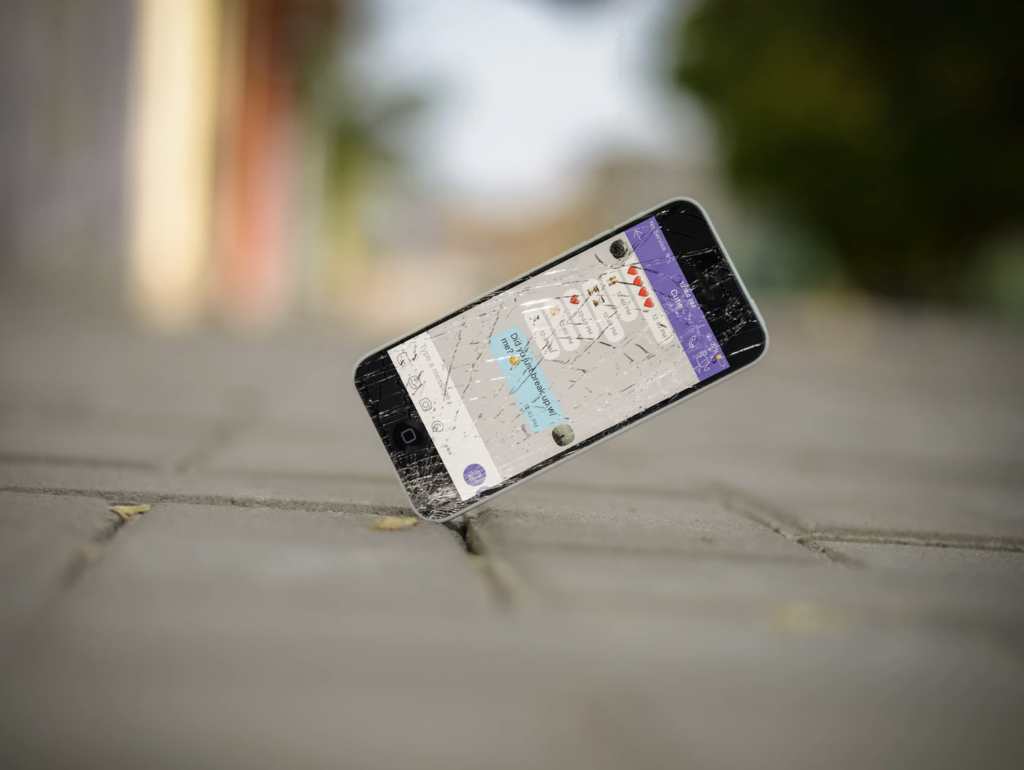Let’s talk screens on electronic devices! Most electronic devices (smartphones, tablets, laptops, portable game consoles, TVs) have some form of screen which is how we interact with the device.
Most screens on electronic devices are comprised of several different layers. The top layers on most is a strengthened glass to protect the display underneath. The second layer underneath the glass which is called the digitizer.
The digitizer is what is responsible for the touch input into the device. The third layer which is the LCD (Liquid Crystal Display) / OLED (Organic Light Emitting Diode). This layer is the display and what we see on the screen of a device. These are the main components that make up the screen in most of our electronics.
Let’s say you drop your smartphone on concrete, before turning it over, you fear the worst! A shattered screen! However to your surprise, no visible damage. If you were to observe the screen under a microscope, you would see micro cracks. This would mean the integrity of the glass is compromised and potentially the next similar drop could cause the screen to shatter.
Most cases, the digitizer (made from plastic) is not damaged as well as the display (LCD/OLED). This does not mean they can not be damaged by drops and falls. This just means they are protected by the glass layer of the screen.

